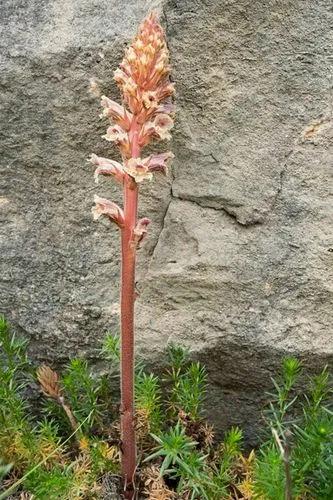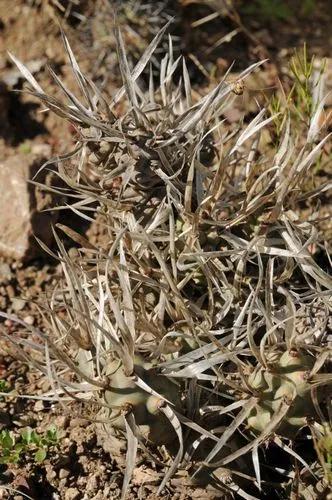Campanula portenschlagiana, the wall bellflower, is a species of flowering plant in the family Campanulaceae, native to Croatia. It is a vigorous, low-growing, mound-forming evergreen perennial with deep purple flowers in summer.
Adria bellflower Care
Campanula portenschlagiana



Campanula portenschlagiana, commonly known as Dalmatian bellflower, is a dense, rhizomatous, mat-forming, deciduous perennial that typically grows to 3-6” tall, but spreads rapidly as a ground cover to as much as 24” wide. It is native to southern Europe (Dalmatian Mountains of Croatia and Herzegovina). Small, triangular, medium to dark green leaves (1-2” long) are round to heart-shaped with toothed margins. Bell to cup-shaped purple flowers (.75 to 1.0” diameter) cover the plant in late spring to late summer (sometimes early fall). Genus name comes from the Latin campana meaning bell in reference to the bell-shaped flowers.
How to Care for the Plant

Water

Dalmatian bellflowers have typical needs for water. About 1 inch of water per week, in the form of rainfall or irrigation, will keep them blooming. Once well established, dalmatian bellflowers can tolerate short periods of drought.

Fertilizer

This is a hardy plant that doesn't require much feeding. A spring application of organic fertilizer or a layer of compost will provide all nutrients necessary.

Sunlight

The plant grows in full sun to part shade, prefers part shade in hot summer climates. It is a good plant for dappled shade areas.

Soil

This plant prefers moist but well-drained soil but does fairly well in average soil types without much organic material.

Temperature

This plant is considered hardy in the areas with the lowest winter temperatures of −34.4°C (−30°F).

Popularity

2,444 people already have this plant 244 people have added this plant to their wishlists
Discover more plants with the list below
Popular articles






